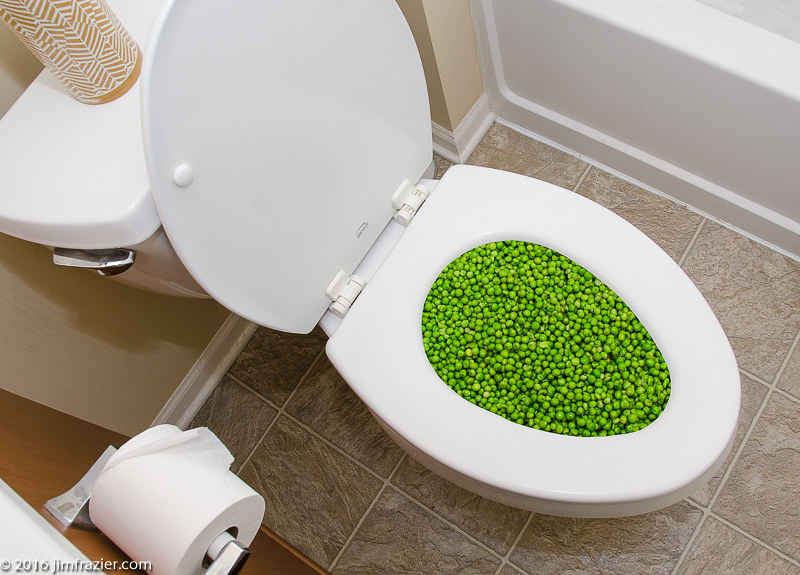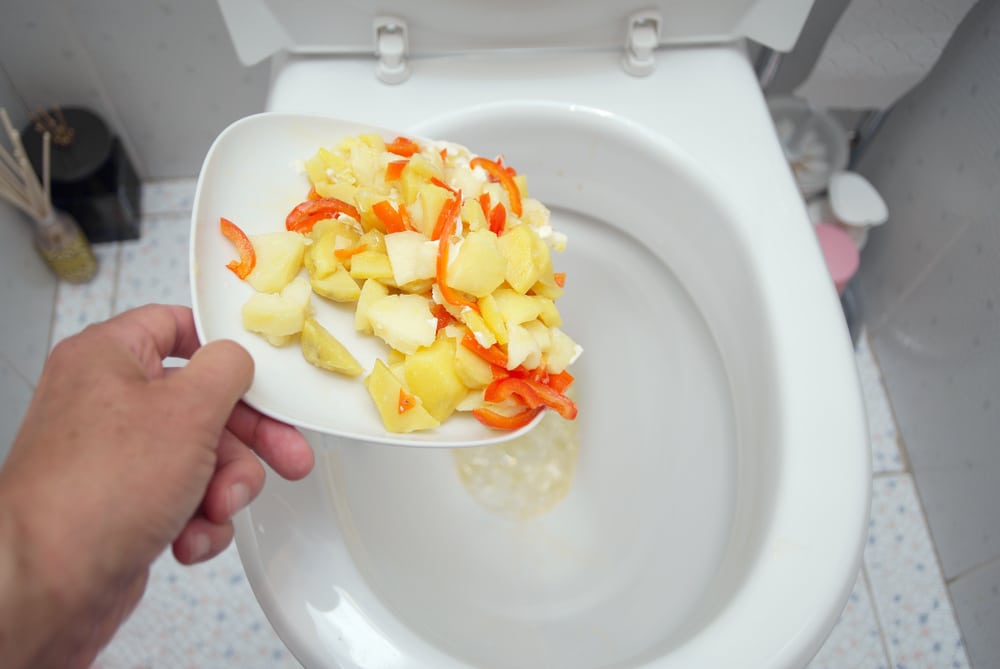Is it Safe to Dispose of Food Waste in the Toilet?
Is it Safe to Dispose of Food Waste in the Toilet?
Blog Article
What are your ideas on Think Twice Before Flushing Food Down Your Toilet?

Introduction
Many individuals are typically faced with the dilemma of what to do with food waste, particularly when it comes to leftovers or scraps. One usual inquiry that occurs is whether it's fine to flush food down the toilet. In this article, we'll delve into the reasons that individuals may take into consideration flushing food, the consequences of doing so, and alternative techniques for appropriate disposal.
Reasons why individuals may think about flushing food
Lack of awareness
Some individuals may not know the possible injury caused by flushing food down the bathroom. They might incorrectly believe that it's a harmless method.
Comfort
Flushing food down the toilet may look like a quick and very easy option to dealing with unwanted scraps, particularly when there's no nearby garbage can offered.
Negligence
Sometimes, people might simply select to flush food out of large idleness, without taking into consideration the effects of their actions.
Consequences of flushing food down the commode
Environmental impact
Food waste that ends up in rivers can contribute to contamination and injury aquatic ecological communities. Additionally, the water used to flush food can stress water sources.
Pipes concerns
Flushing food can cause clogged up pipes and drains, causing pricey plumbing repairs and aggravations.
Sorts of food that need to not be flushed
Coarse foods
Foods with fibrous appearances such as celery or corn husks can obtain tangled in pipelines and cause clogs.
Starchy foods
Starchy foods like pasta and rice can take in water and swell, resulting in clogs in pipes.
Oils and fats
Greasy foods like bacon or food preparation oils ought to never ever be flushed down the bathroom as they can strengthen and cause clogs.
Proper disposal techniques for food waste
Using a waste disposal unit
For homes equipped with garbage disposals, food scraps can be ground up and purged via the pipes system. Nonetheless, not all foods appropriate for disposal in this manner.
Recycling
Particular food product packaging products can be reused, decreasing waste and lessening ecological influence.
Composting
Composting is an environment-friendly method to get rid of food waste. Organic materials can be composted and utilized to improve dirt for gardening.
The significance of proper waste monitoring
Lowering ecological harm
Proper waste administration techniques, such as composting and recycling, assistance minimize air pollution and preserve natural resources for future generations.
Protecting pipes systems
By staying clear of the practice of flushing food down the toilet, home owners can avoid expensive plumbing repairs and maintain the honesty of their pipes systems.
Verdict
In conclusion, while it might be alluring to flush food down the toilet for convenience, it is necessary to recognize the prospective repercussions of this action. By adopting appropriate waste administration practices and taking care of food waste sensibly, individuals can add to healthier pipes systems and a cleaner environment for all.
FLUSH FOOD DOWN THE TOILET?
FLUSHING FOOD CAN CAUSE BLOCKED DRAINS IN YOUR HOME
All of the plumbing fixtures in your home are connected to the same sewer pipe outside of your home. This outdoor sewer pipe is responsible for transporting all the wastewater from your home to the Council sewer mains. Even small pieces of food that go down the kitchen sink can cause problems for your sewer. It should therefore be obvious that flushing larger bits of food, such as meat, risks a clog in either the toilet itself or the sewer pipes. Flushing greasy food is even more problematic because oil coagulates when it cools, coating the interior lining of your pipes.
THE TOILET IS NOT A BIN
Food isn’t the only thing that people shouldn’t be flushing down the toilet. People use the toilet to dispose of all kinds of things such as tampons, makeup wipes, dental floss, kitty litter and even underwear. Water goes to great lengths to educate residents about the high costs and stress placed on wastewater treatment systems simply from people flushing the wrong stuff down the toilet. It costs taxpayers millions of dollars each year, and homeowners thousands in blocked drain repairs.
FLUSHING FOOD IS A WASTE OF WATER
Flushing food is a waste of our most precious resource - water. In June this year Level 1 water restrictions were introduced to protect water supply from drought conditions. Much of New South Wales continues to be affected by prolonged drought with recent figures revealing up to 97 per cent of the state remains in drought. Depending on whether you have a single or dual flush toilet, every single flush uses between five and 11 litres of water. In the current climate this is a huge amount of water to be wasting on flushing food that should be placed in the bin (or better yet, the compost).
https://www.jabplumbingsolutions.com.au/blog/can-you-flush-food-down-the-toilet

I was made aware of that write-up about Is it safe to flush food (especially rice) down the toilet? from a buddy on another web blog. Are you aware of someone else who is inquisitive about the topic? Why not share it. Thanks so much for going through it.
Call Today Report this page